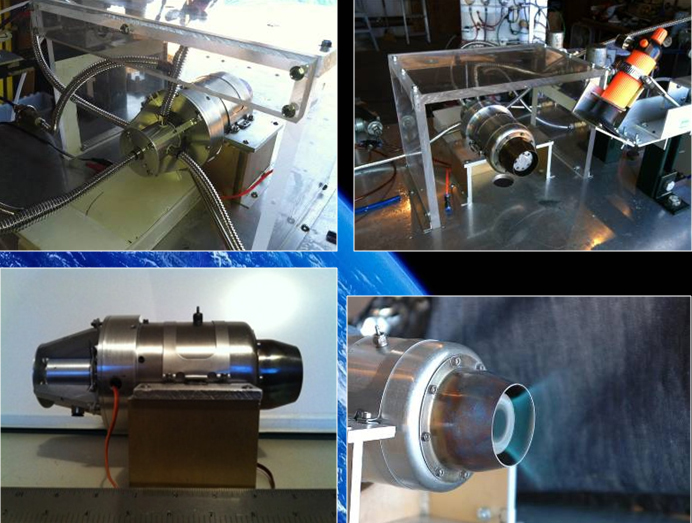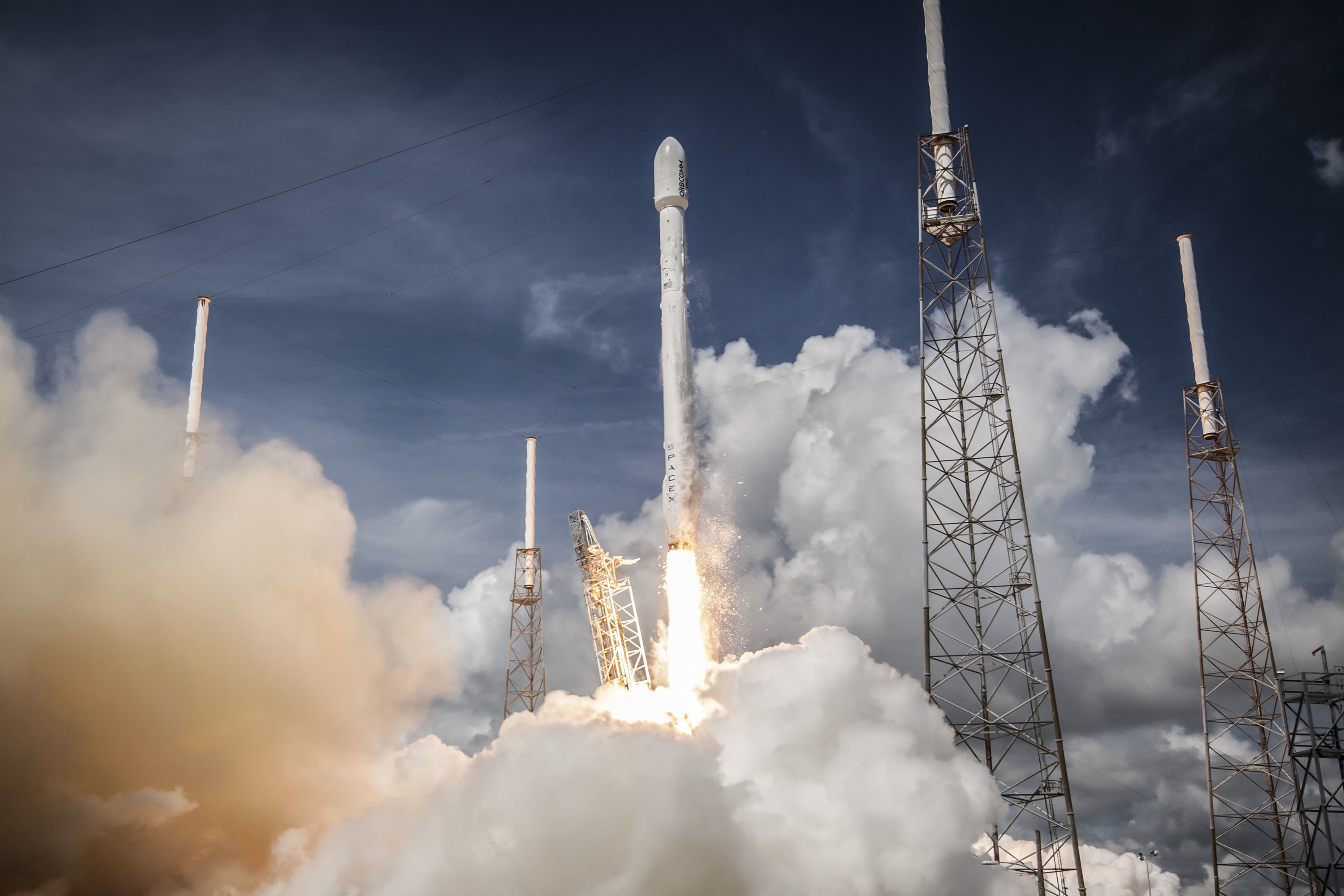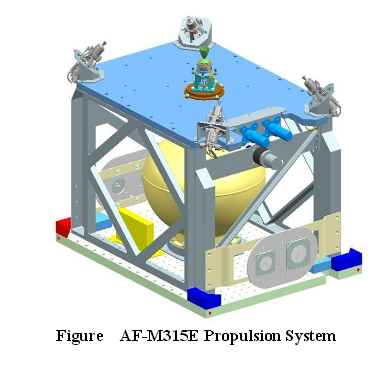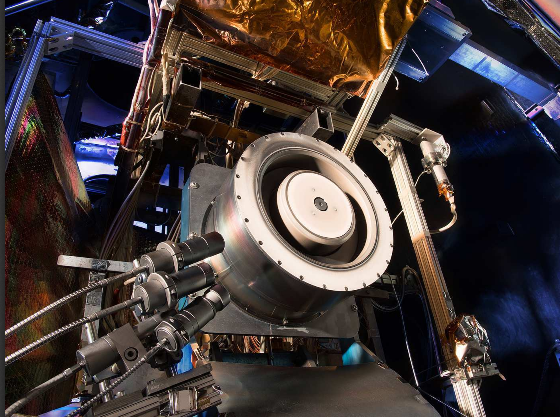Since 1903 when Konstantin Tsiolkovsky proposed the idea of space exploration, and Dr. Robert Goddard made a rocket fly using liquid propellant on March 16, 1926, we’ve witnessed tremendous advances in propellant technology.
Back then in 1926, Dr. Goddard’s rocket climbed 12.5 meters and landed 56 meters away. The flight time was of two and a half second which looks unimpressive but was the inception of modern rocketry. Today, the Falcon-9 can lift 22,800 KG to low Earth orbit which has an altitude between 160km to 2000km.
The engine is the heart of an airplane, but the pilot is its soul. – Sir Walter Alexander
The quote above by Sir Walter though emphasizes the role of a pilot but also, it does touch the importance of an engine in an aircraft. Relentless efforts have been made by aeronautical engineers to give a strong heart to their rockets since the day Dr. Goddard’s rocket left the ground.
The Earth is the cradle of humanity, but one cannot live in the cradle forever. From a letter written by Tsiolkovsky, in 1911.
The aeronautical engineers, like every other good engineer, are desirous. They always desire more thrust, better efficiency, and durability than the last engine they developed and not to mention at a lower cost than the last launch.
This desirous nature is the sole reason of breakthroughs in aeronautic. And the recent advancements in the propulsion system, for example, the SLS rocket which is claimed to be the most powerful rocket in history, is one among many examples of how aeronautical engineers have improved the propulsion system of a rocket.
Well, these were the breakthroughs of the past in propulsion systems that are well known to the industry. So, how about exploring the recent breakthroughs that are still clandestine? Excited? Let’s dive right in then:
5 Disruptive Breakthroughs in Rocket Propulsion System
1. Green Propellant by Aerojet
- Aerojet is working on the development of a “green” propellant to replace toxic chemicals used in satellites and space. It has a lower freezing point which uses less electric power to keep tanks colder in space.
- Aerojet is also working to replace solid propellants, the toxic perchlorates used in rocket engines, for example, and liquid propellants like hydrazine.
- Aerojet demonstrated its operational AF-M315E green propellant in a paper titled GPIM AF-M315E Propulsion System. It offers better performance than Hydrazine and is 45% more denser which reduces the amount of propellant to carry.
- The GPIM AF-M315E is way less hazardous than hydrazine as due to its viscosity it’s less prone to leak. Plus, unlike Hydrazine it’s non-toxic.
2. Breakthroughs to Increase Efficiency of Hall Thruster
Some of the major benefits of a Hall Thruster are that propellant in it, in general Xenon, occupies less space which leaves more space of space cargo and it consumes 100 million times less fuel than a chemical rocket.
Hall Thrusters, however, are susceptible to discharge-channel erosion which can reduce its operational lifetime. NASA has taken below approaches for which it has also filed two patents –US7500350 and US7624566 – to increase the efficiency and operational lifetime of Hall Thruster:
- Use of magnetic circuit design that reduces ion impingement.
- By replacing eroded discharge channel material through a channel wall replacement mechanism.
- By using a propellant distributor which blocks contaminants while maintaining a high degree of flow uniformity.
French researchers at French National Center for Scientific Research have operationally optimized an advanced wall-less Hall Thruster. This can open the door to a highly efficient wall-less Hall Thruster which can be utilized in deep space exploration missions in the future.
3. Fuel Cell to Reduce Fuel Consumption
- Airbus is working on a 90Kw hydrogen fuel cell that can reduce the fuel consumption by 15%. It will power non-propulsive systems that run on electricity – avionics, in-flight entertainment system, etc.
- The by-product of this unit will be water which will be utilized to meet the drinking water needs in a passenger aircraft. The unit will decrease the dead weight of the aircraft since the propulsion system is likely to replace water storage units inside aircraft.
- Airbus’ patent US828244B2 also discloses the use of a fuel cell to satisfy the water demand of passengers onboard.
Handpicked Suggestion for you: 4 Disruptive Technologies in Air Navigation System?
4. Rotary Turbo Rocket by Dr. John that Combines a Jet Engine with a Rocket
Dr. John Bossard, an aerospace and mechanical engineer at BSRD LLC, has been working on a Rotary Turbo Rocket (RTR) for quite some time which can be used to develop reusable rockets. The patent US20150007549 discloses Dr. John’s invention.
The RTR has an excellent thrust-to-weight ratio and it can function as a turbojet and turborocket. The turbojet can allow an air/spacecraft to take off and after take-off, it can switch to turborocket to fly at higher speed or to escape the Earth’s atmosphere.
The success of RTR by Dr. Bossard’s team could lead to a revolution in both air travels where jets will be equipped with rockets and space travel as well.

5. EM Drive by NASA
NASA has tested an EM Drive which in the vacuum can operate without rocket fuel while defying the law of conservation of momentum.
If scientists at NASA manage to make the drive work with a nuclear power source, intergalactic traveling will see the light of a day. A trip to Mars and back will last only 10 days instead of the current three years.
Analysis Performed by: Sukha Singh, Research Analyst, Patent Landscape and Ajay Singh, Senior Researcher, Patent Landscape












